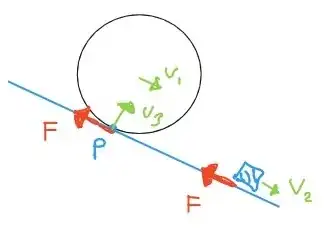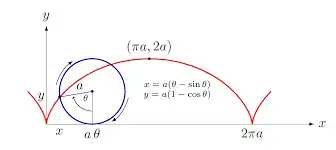This is a very (needlessly) confusing topic that, for whatever reason, is frequently taught incorrectly.
The power of a specific force is given by $P=\vec F \cdot \vec v$ where $\vec v$ is the velocity of the material at the point of application of $\vec F$. This simple definition works for any mechanical force in any classical mechanical scenario. Then the work done by that force is simply $W=\int P \ dt$.
Now, specifically for this scenario, a ball rolling without slipping down an incline, there are three forces: the normal force, the frictional force, and the gravitational force.
The normal force and the frictional force are both applied at the contact point. The contact point is moving, but the velocity of the material at the contact point is 0. The contact point is not an object, so its motion is not important. What is important is the motion of the material at the contact point, which is $\vec v=0$. So then $P=0$ and $W=0$ for both the normal force and the frictional force.
The gravitational force, in contrast, is applied at the center of mass. The center of mass is moving at a nonzero $\vec v$ and $\vec F$ is not perpendicular, so $P=\vec F \cdot \vec v = F v \ \sin(\theta)$. So all of the work is done by gravity. The only source of kinetic energy, both linear and rotational, is the decreased PE from gravity.
Although the frictional force does provide torque it does not provide energy. That makes sense because the frictional force does not have an associated potential energy. The frictional force does convert some of the gravitational PE into rotational KE, but it does not do so by doing any work. The energy comes only from gravity.
This does not contradict the work energy theorem in any way. The net force is still related to the change in translational KE as specified by the theorem. The work energy theorem only tells you about the net force and the change in translational KE. It does not tell you anything about the work done by any individual force, even when there is only one force. Any attempt to use the work energy theorem to deduce the work done by an individual force is a misuse of the theorem.

